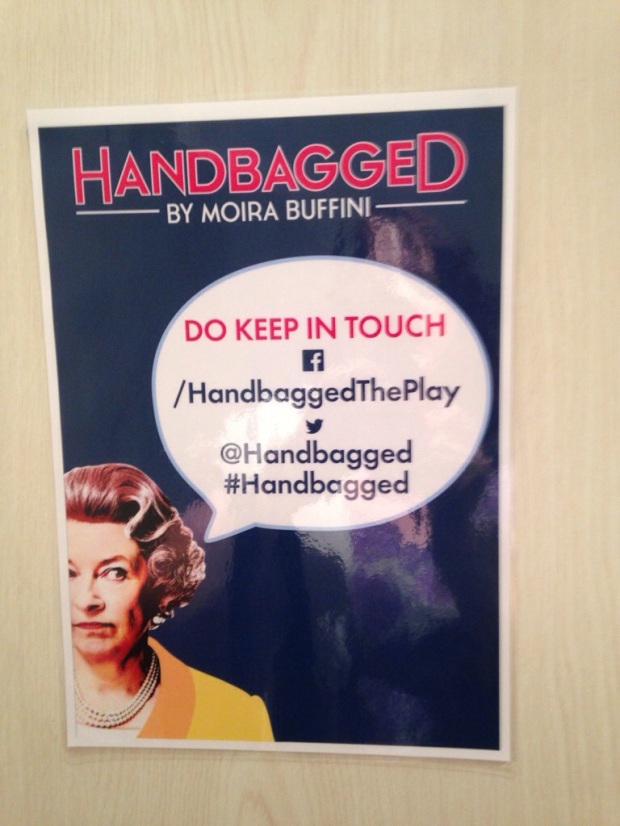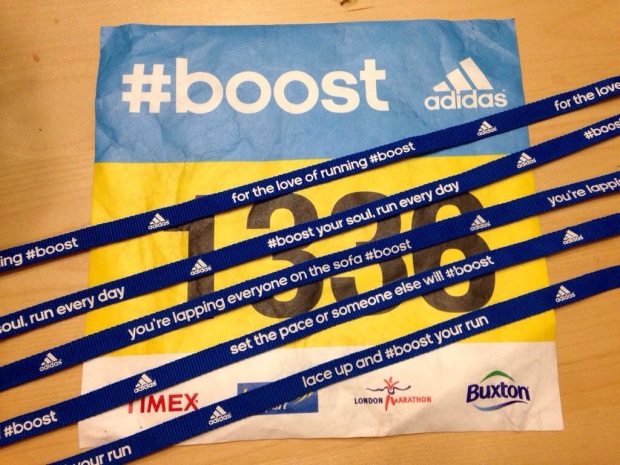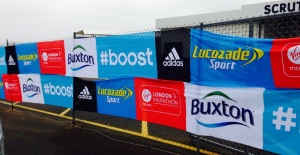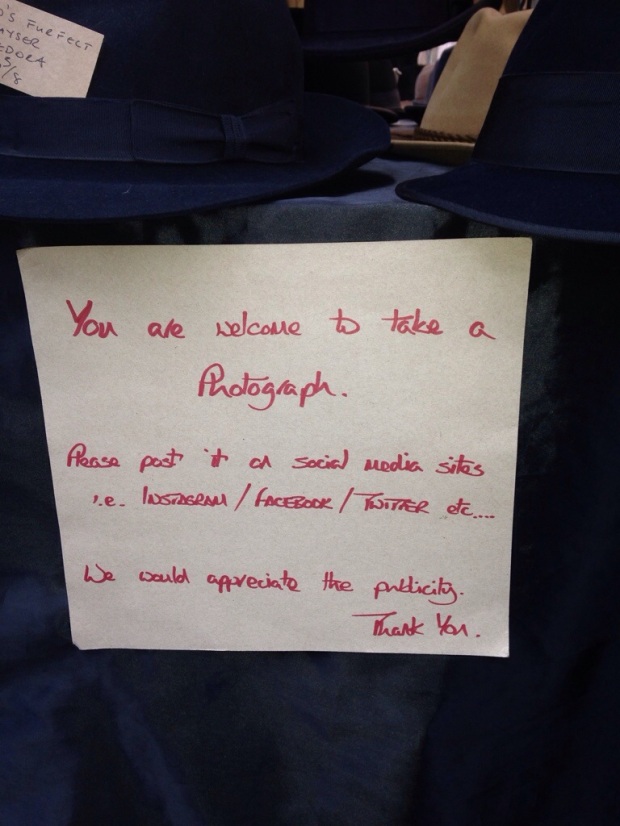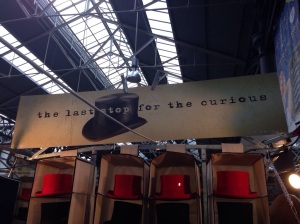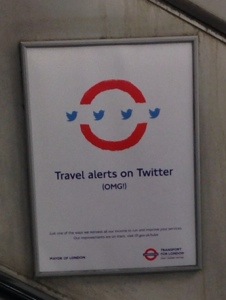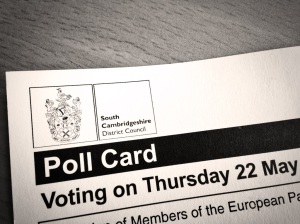 Elections – there were a few about last week. In the district my Council serves, we administered elections for the European Parliament, one County Council by-election, 19 District Council seats and three Parish Councils. It was busy.
Elections – there were a few about last week. In the district my Council serves, we administered elections for the European Parliament, one County Council by-election, 19 District Council seats and three Parish Councils. It was busy.
It’s the first election where I’ve really been able to get my teeth into tweeting and posting on Facebook about the election and counts. It’s been a big learning curve, especially as I was also running a polling station and an election count supervisor at the same time.
Some of the things I’ve learned:
Elections and Storify go together like cheese and pickle – the Storify of our election ran throughout polling and both the local and European election counts. From 22-25 May it was published with the most recent post first so that readers could find the newest information straight away. Post-election it’s been reordered chronologically. It’s had over 300 hits and was inspired by the Birmingham City Council elections Storify by @ColeBagski
Have back-up tech – running a polling station in a bowling pavillion is fun. It’s not wi-fi central though. Thankfully my 3G dongle was up to the task of keeping me online and posting, as was my trusty smartphone. It also proved crucial at the local count, as social media sites were restricted on the guest wifi service.
First-time voters can be a bit shy – I was really keen to get a photo and quote from someone who was coming out to cast their first vote. It’s one of the best things about running a polling station, seeing young people using their vote and being heard. I asked three voters before finding someone willing to let me tweet their picture. One completed trusty photo permission form, and it was done.
Be prepared when tweeting election results – ahead of the count I created a cut-and-paste sheet of district wards and candidates, ready to drop results into. It also noted which political party held the seat going into the election. Even with this, it was a job to keep up with results as they came in thick and fast. I think it’s something that we’ll get better at as a team with practice.
Photos of results are OK – when it came to our Parish Council results, two had 15 seats and one had 20 candidates. I have no idea how many tweets those results would have had to have been spread across because we took a picture of the results declaration sheet instead. Much more immediate and, in some ways, more interesting as it shows some of the background of how elections are run.
We sent out a photo of our European election local totals this way too, which was retweeted nine times, reaching an estimated 10,809 Twitter account timelines.
Overall, our election tweets reached the timelines of over 50,000 unique users, and the potential number of times tweeters could have seen the hashtag topped 340k.
Photos, in general, are fab – let’s be honest, elections can get a bit word heavy. We tried to send out photos on Twitter where we could to make our messages more interesting. The ones that get a lot of interest each year are from our chief executive and returning officer, Jean Hunter, as ballot boxes return to the council offices.
We also tried to add photos to as many Facebook posts as possible, to make them stand out. Our stats show that our page likes were up by 16.4% and our total reach increased by 156.7%, with overall engagement up by over 480%. People want election information and will click/share/comment on it.
Get your hashtag straight – we agreed to use #SCDCelection; checking first that it wasn’t being used elsewhere of course. It may be that a more local version of the national #Vote14 would work better in future. For the European count, we followed the lead of the Regional Returning Office and used #EuroElection. Will we see a more coordinated approach to hashtags for future elections across the UK?
We’ll get better at this – I can already see where we can do things better and smarter next time around. I’m pleased with our social media work this time around, but can see where we can boost some areas, build on others and generally just keep on improving.
The Storify will be handy as we now have a permanent timeline of our work to act as a benchmark for the future. And by using analytics, we can see if our total reach changes at each election. Roll on #Vote15!



